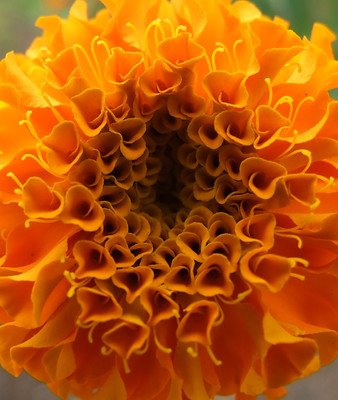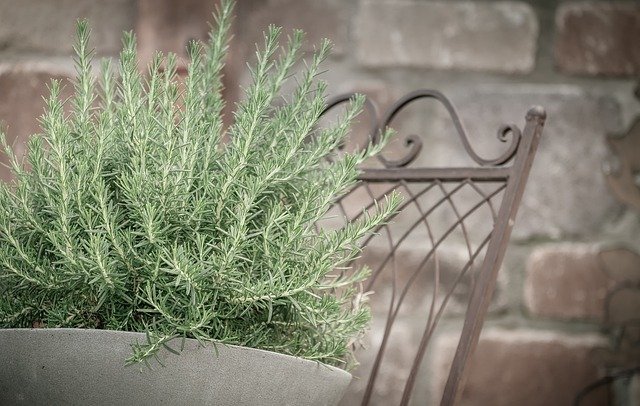Marigolds are a classic choice for gardens, and the Honeycomb variety is one of the most popular. Marigold Honeycomb or French Marigold plants are easy to care for and make a great addition to any garden. Keep reading to learn everything you need to know about Marigold Honeycomb plants, including how to care for them.
Marigold Honeycomb plants are a type of Tagetes patula, which is a species of marigold that is native to Mexico. The plant grows to be about 18 inches tall and has deep orange or yellow flowers. The Honeycomb variety gets its name from the shape of its flowers, which resemble honeycombs. Marigold Honeycomb plants are annuals, which means they will only last one growing season. However, they are easy to replant the following year.
One of the most distinctive features of French marigolds is their honeycomb-like appearance. This is created by the overlapping petals, which form a series of hexagonal shapes. The scientific name for this type of marigold is Tagetes patula, which comes from the Latin word for honeycomb (patella).


Table of Contents
Caring for Marigold Honeycomb Plants
Marigold Honeycomb plants are not particularly fussy and can thrive in most growing conditions. They prefer full sun but will also do well in partial shade. The plant does best in sandy, well-drained soil but will also do well in other types of soil as long as it is not waterlogged.
Watering Marigold honeycomb plant.
Watering is probably the most important part of caring for Marigold Honeycomb plants. These plants do not like wet feet, so make sure the soil is allowed to dry out between waterings. During the hottest months, you may need to water your Marigolds every day or every other day. In cooler months, once a week should be sufficient. over-watering can cause the plant’s leaves to turn yellow and eventually drop off.
Fertilizing Marigold honeycomb plant.
Fertilizing is not necessary but can be beneficial for Marigolds that are grown in containers or in poor soil. A balanced fertilizer such as 10-10-10 can be applied once a month during the growing season. Be sure to follow the directions on the fertilizer packaging and never apply more than recommended, as this can burn the plant’s roots.
Marigold honeycomb plant pests and diseases
Marigold Honeycomb plants are generally resistant to pests and diseases but can occasionally be affected by aphids, slugs, or whiteflies. These pests can usually be controlled with insecticidal soap or neem oil sprays. Watch for yellowing leaves, which can be a sign of disease, and remove any affected leaves promptly. Diseases such as powdery mildew or leaf spot can also affect Marigolds but are usually not serious enough to warrant treatment.
How do you grow Tagetes patula or French Marigold Honeycomb?
Tagetes patula, more commonly known as French marigold, is an easily-grown annual that provides cheerful yellow, orange, or red flowers from summer to fall. They are commonly used in flower beds, borders, and containers. French marigolds can also be grown indoors. If you want to try your hand at growing French marigolds, here are a few tips.
First, choose a sunny spot in your garden with well-drained soil. French marigolds are not tolerant of wet feet, so avoid planting them in areas that tend to stay moist.
Next, sow the seeds directly in the garden after all danger of frost has passed. Once they have germinated, thin the seedlings to about 8 inches apart. Water regularly, especially during dry spells, and fertilize every few weeks to encourage abundant blooming. With a little care, you will soon be enjoying the vibrant color of French marigolds in your garden.
How to grow French marigolds in pots?

French marigolds are a bright, cheerful addition to any garden, and they’re also quite easy to grow. One of the best ways to grow them is in pots. This gives you the flexibility to move them around to different areas of your yard or patio as needed. Plus, it helps to keep the roots contained so that they don’t become too waterlogged.
When potting French marigolds, be sure to use a light, well-draining potting mix. You can also add a bit of sand or perlite to help with drainage. Choose a pot that is at least six inches wide and has drainage holes in the bottom. Water your marigolds regularly, but be sure not to overwater them. If the leaves start to turn yellow or brown, that’s a sign that they’re getting too much water.
Fertilize your plants every few weeks with a balanced fertilizer. French marigolds are generally quite tolerant of heat and drought, but they will benefit from being protected from the hottest afternoon sun. With a little care, you can enjoy these beautiful flowers all season long.
Conclusion
Marigold Honeycomb plants are a beautiful and easy-to-care-for choice for any garden. With proper care, these annuals will thrive and provide color all season long. Be sure to water regularly and fertilize if needed, and you’ll have a healthy crop of marigolds that will come back year after year.

Gardening is my passion and growing plants indoors has always been a stress relief for me. Grow a banana tree in my apartment once (although failed to produce bananas).






